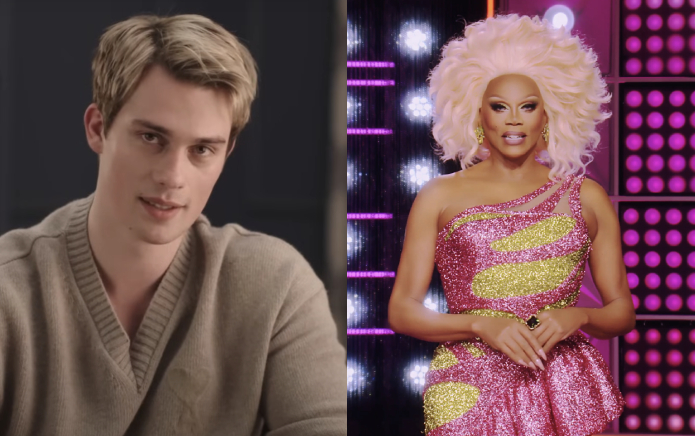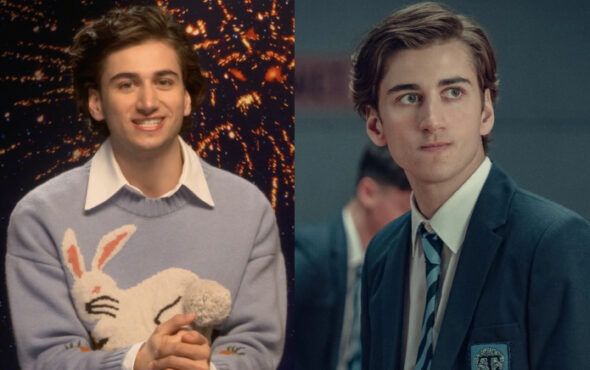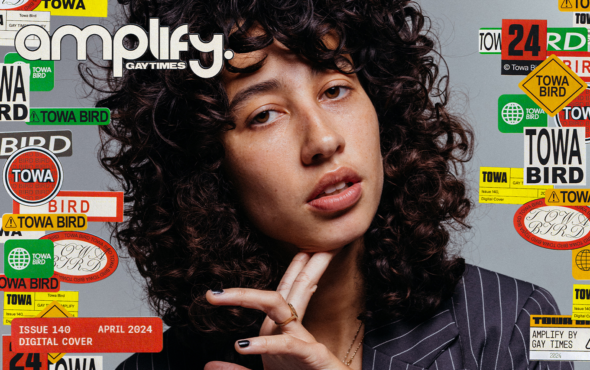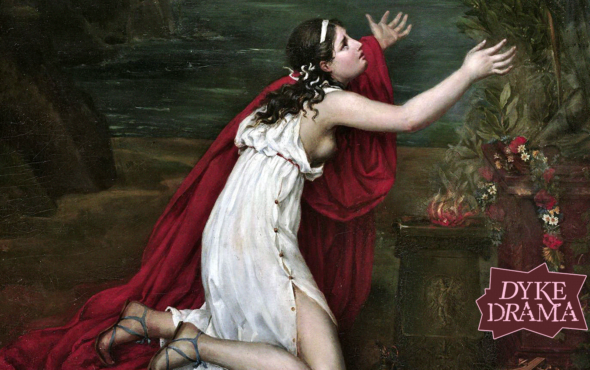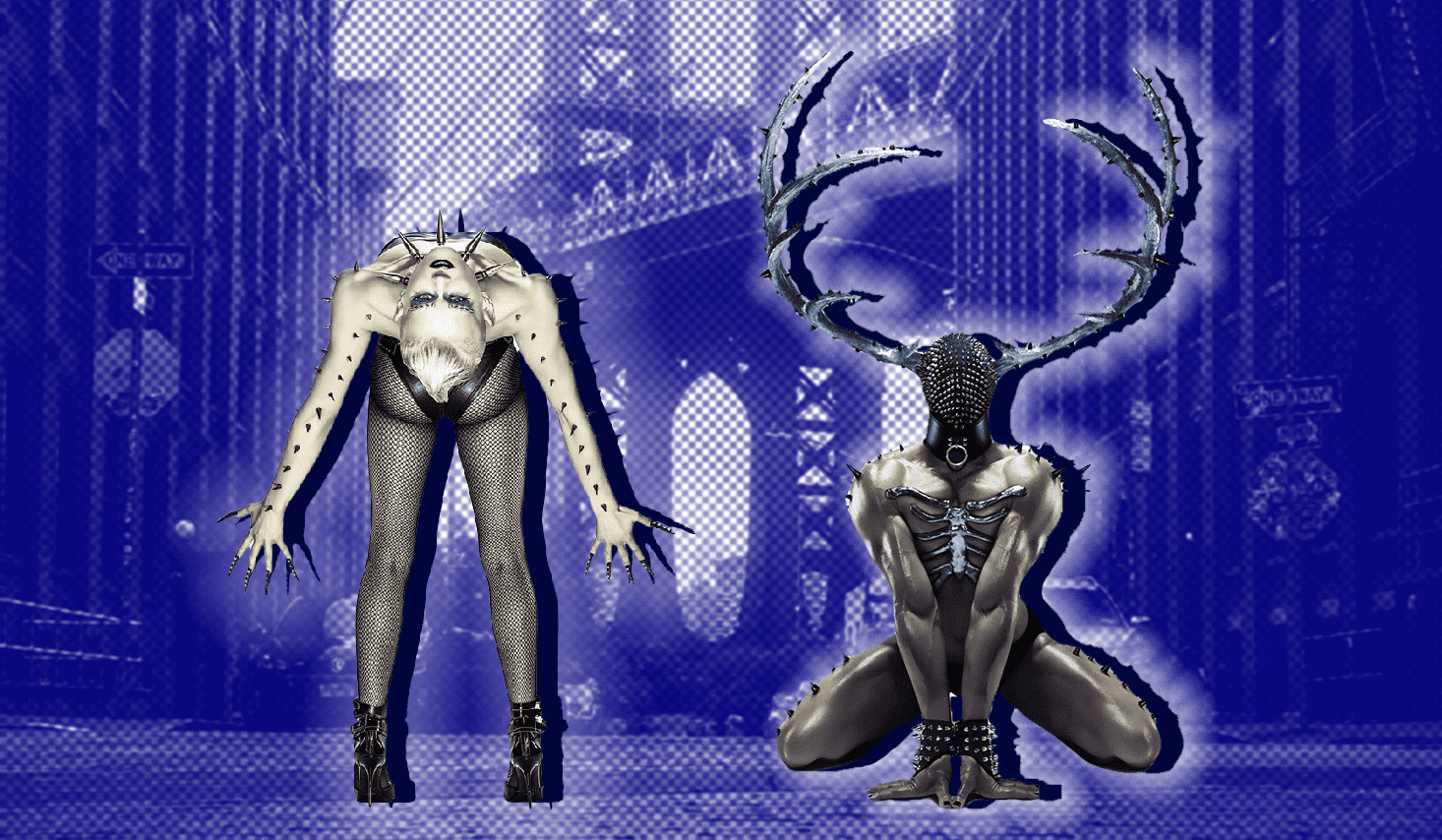
Fact incoming: American Horror Story’s 10th season was – and we can’t imagine anyone will disagree with this – the weakest entry in the horror anthology’s history. While the first part of the season, Red Tide, received rave reviews from critics and was hailed as a return to form for the franchise, its abrupt, nonsensical ending and the entirety of Death Valley, its god-awful second half, were slated by long-time viewers.
Had the Ryan Murphy creation finally lost what made the first few seasons – particularly the Jessica Lange-led Murder House and Asylum – must-watch television in the horror genre and a pop culture giant? While viewers tend to obsess over the potential themes and returning cast members for new seasons, the announcement of season 11 marked the first time American Horror Story felt like a… non-factor? (Doesn’t help that promo has been non-existent.)
Subtitled NYC, the new instalment takes place in the 1980s and chronicles a series of murders plaguing the gay community. Following the premiere of its first two episodes in the US (a UK date has yet to be confirmed), we reflect on the positives and negatives of NYC (so far).
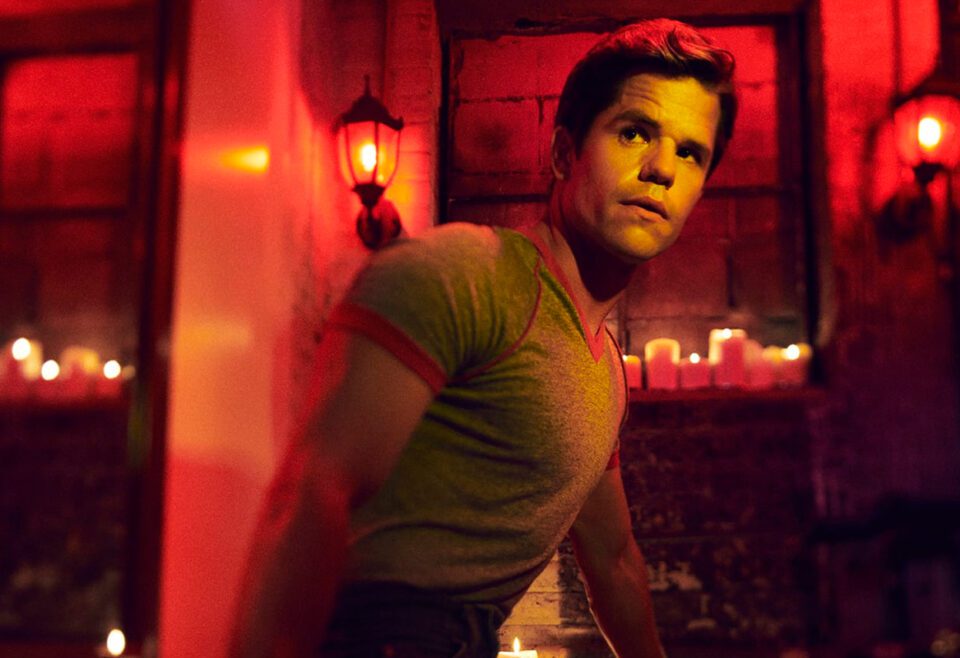
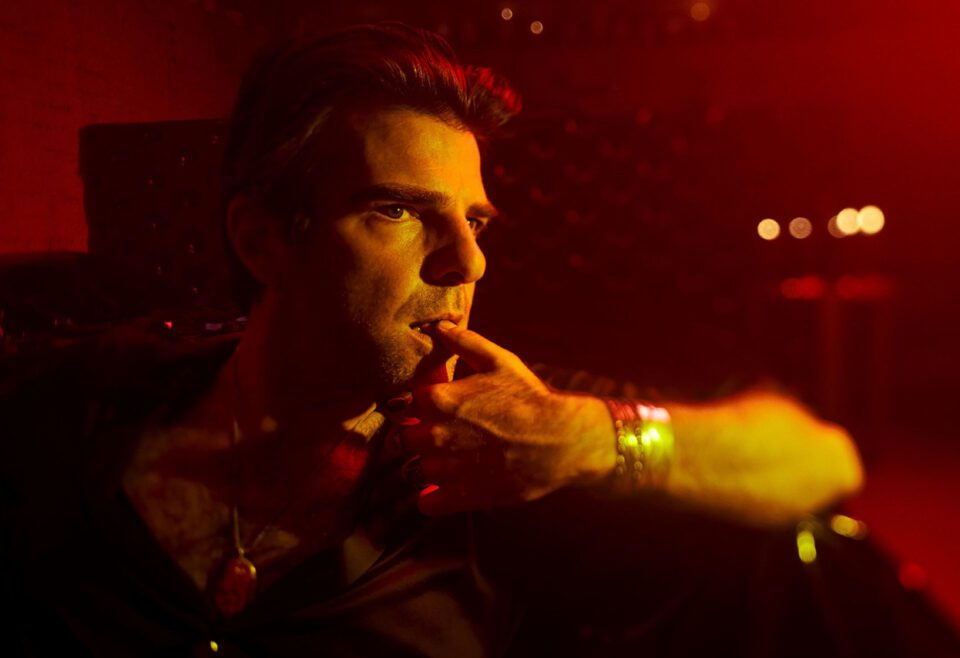
Positive: American Horror Story has, somehow, never been gayer
Kicking off with the beheading of a closeted married man (lovely), the series has never introduced this many leading gay characters – and this is just the first two episodes. Russell Tovey and Joe Mantello lead the pack as Patrick and Gino, respectively, a romantically-involved police officer and journalist who come to blows over the NYPD’s lack-of-interest in the killings.
Ratched’s Charlie Carver makes his AHS debut as Adam, an openly gay man investigating the disappearance of his best friend Sully (Jared Reinfeldt), while Isaac Cole Powell and Zachary Quinto return as Theo, a photographer of gay muscle men who regularly attends bathhouses for anonymous hookups, and Sam, his manager slash and boyfriend who’s seemingly unaware of his bathhouse pastime. Sandra Bernhard also stars as Barbara, the de-factor leader of a lesbian clique demanding more awareness for queer women in Gino’s publication.
With the gay serial killer narrative and all of the aforementioned characters, American Horror Story has never been this [limp wrist]; and this is a series that has already been well-established as one of the queerest in TV history. As well as the above, Patti LuPone sings Fever in the bathhouse and the alleged serial killer is a naked muscle man in leather and a gimp mask who goes by the name ‘Big Daddy’ – need we say more?
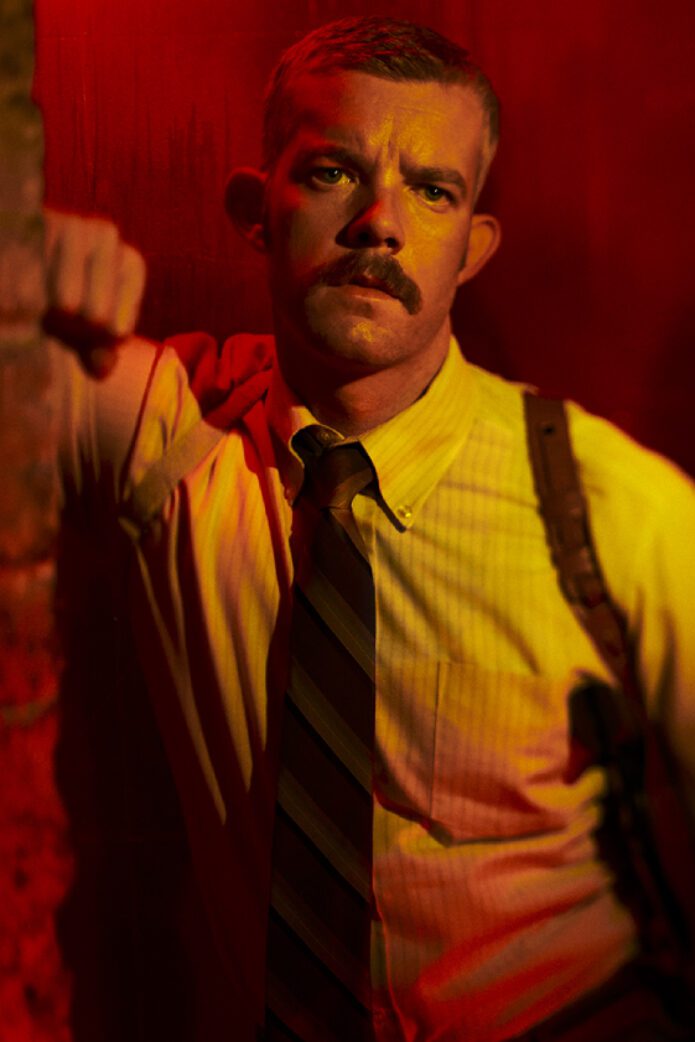
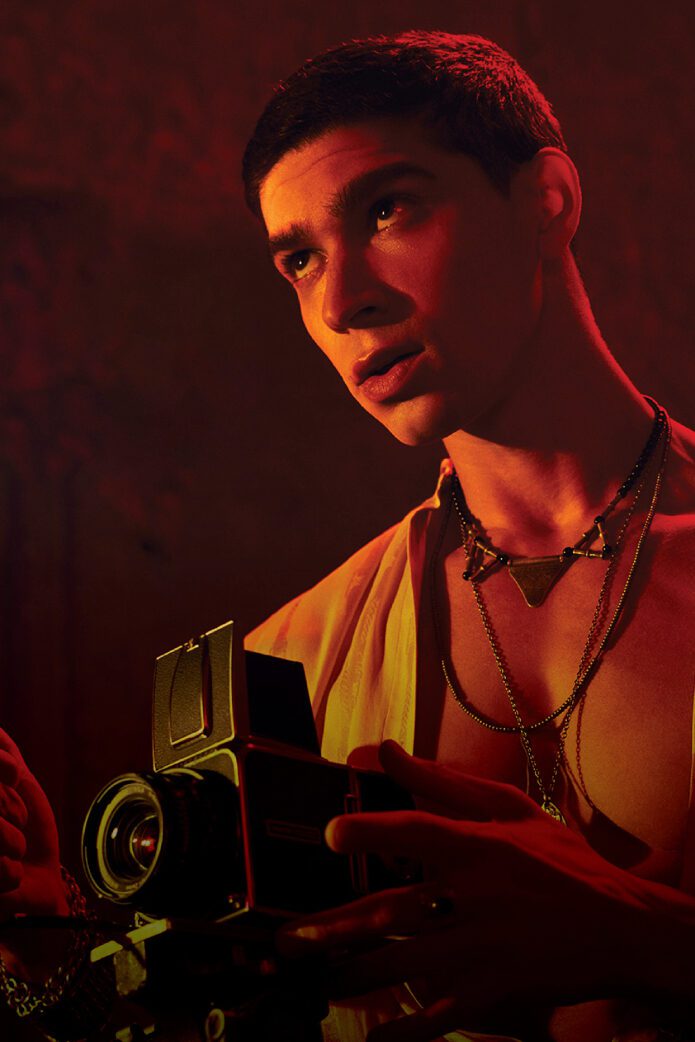
Positive: The lack of protections for LGBTQ+ people in the 80s is at the forefront
With its 1981 setting, NYC makes a point in highlighting the lack of protections for LGBTQ+ people during this era, particularly gay men (so far). The police aren’t doing much about the murders, but they will harrass the gays who are trying to raise awareness; in one scene, Patrick is arrested by officers for promoting a new hotline and subsequently smacked around by (another) muscle man in a jockstrap.
Gino, who is released by the killer in episode two, explains his disdain for the police department in the following monologue to Patrick: “I’m tracking 30% increase in violence against gay men in the past two years, 17 beatings and bashings in the last three weeks in the village alone, and guess where there’s no use in going? The NY-fucking-PD. They hate us. The police hate us. The city hates us, and I know people in City Hall and in the NYPD, gay men, and some of them I know really well. If I hadn’t been spared, would they have even looked into my death?”
While the first two episodes have primarily focused on gay men, Barbara’s lesbian gang demanding more recognition for queer women in Gino’s magazine shows promise for future episodes: gay men weren’t the only members of the LGBTQ+ community to be targeted in the 1980s, and it’s crucial that NYC reflects this.
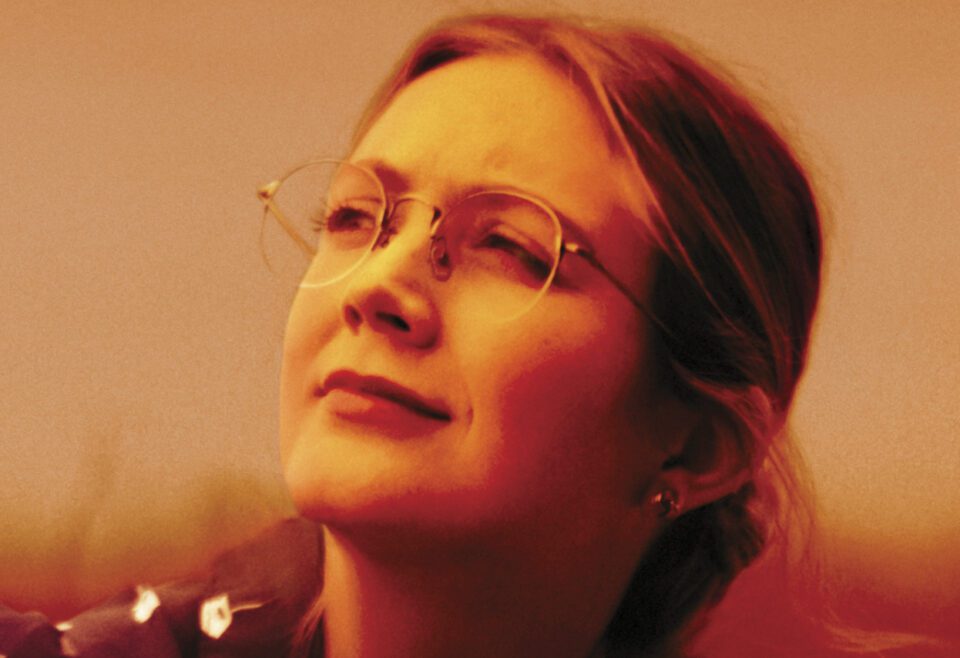
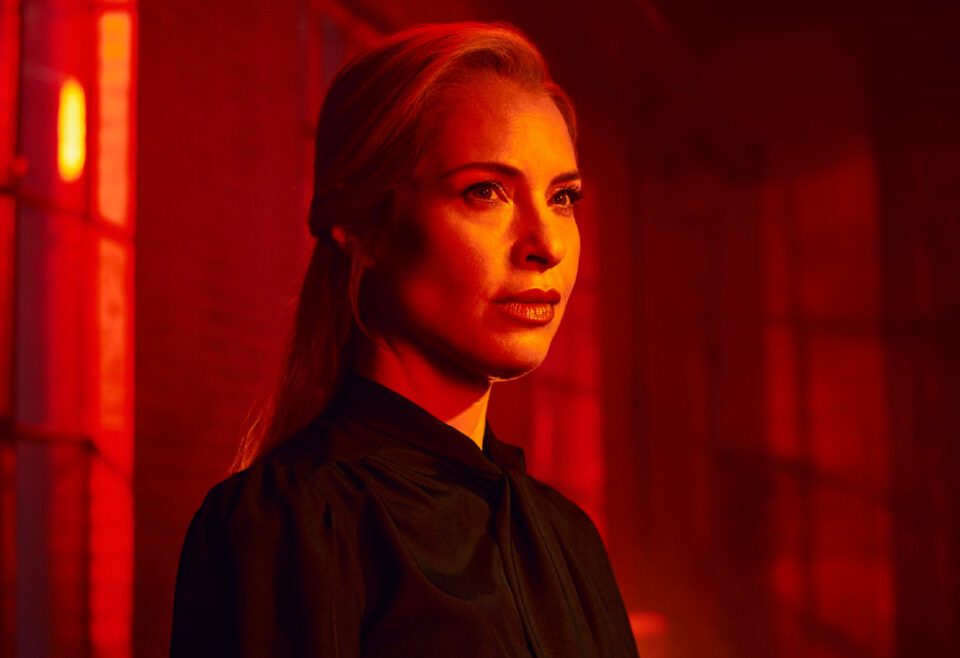
Negative: There’s too many storylines already
This will come as a huge shock to longtime American Horror Story fans [insert “I’m shocked! This is shocking news!” gif from Do Revenge]: there’s just too much going on. Already, we can see NYC falling victim to the same issues that plagued Freakshow. John Carroll Lynch’s iconic Twisty the Clown should’ve been the season’s central villain; instead, the writers abandoned his captivating (and at times, terrifying) story halfway through and refocused on an underwhelming new antagonist in Finn Wittrock’s Dandy Mott.
Big Daddy, sadly, seems to be getting the Twisty treatment. Is he another red herring? Has the real villain not been introduced yet? This might be the case, as the second episode sees Theo channel Zachary Quinto’s Asylum character as he abducts a gay man and imprisons him in his basement.
Not only that, Billie Lourd’s scientist Hannah is investigating a potential epidemic on Fire Island and instructs officials to exterminate all the deers as a precaution. In the final moments of episode two, Hannah spots – what seems like – a different muscle man with chains as his weapon of choice before Sandra Bernard’s Barbara ominously informs her that “a group of vulnerable people are under attack by the U.S. government.”
What? Is? Going? On? Surely one muscle man in leather and a gimp mask butchering gay men while highlighting the social constraints of the era and the homophobia of the NYPD is enough storyline for one season?
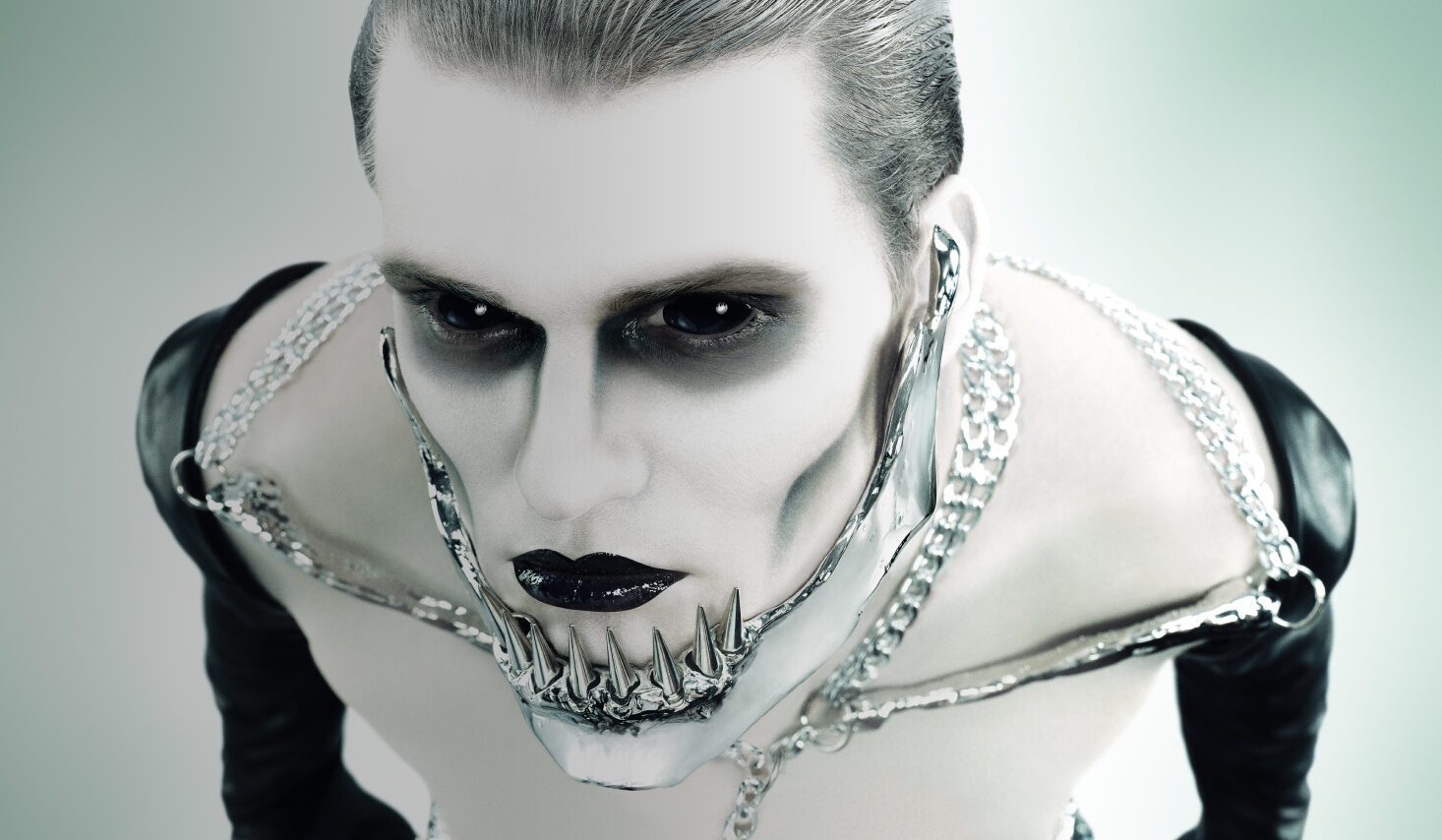
Negative: Where is the horror?
This one is important: NYC just isn’t scary. Of course, it all comes to down to personal preference, but compared to past instalments, this new season is lacklustre concerning suspense, terror and shock factor ala The Addiction Demon. Think of the eerie ambience of Asylum, Twisty’s chilling introduction in Freakshow and the unknown terror of Roanoke: NYC is missing all of it. The killings aren’t even shown on screen.
Admittedly, Coven, Hotel and 1984 were also void of scares, although they made up for it in dialling up the camp. But sadly, there’s not a lot of camp in NYC either which is confusing for a season that includes – it bears repeating – Patti LuPone’s vocals on full display in a gay bathhouse and a serial killer with 12 abs nicknamed ‘Big Daddy’. Confusing!
The next few weeks will determine if American Horror Story can return to its blood-curdling roots. But with its all-queer cast and characters, grounded setting (for now) and emphasis on queer life and culture in the 1980s, it’s almost guaranteed to be an improvement on Double Feature. Not hard though, is it?
American Horror Story: NYC airs Wednesdays in the US on FX.
